Home>Renovation & DIY>Tools & Equipment>How To Change Screwdriver Bit
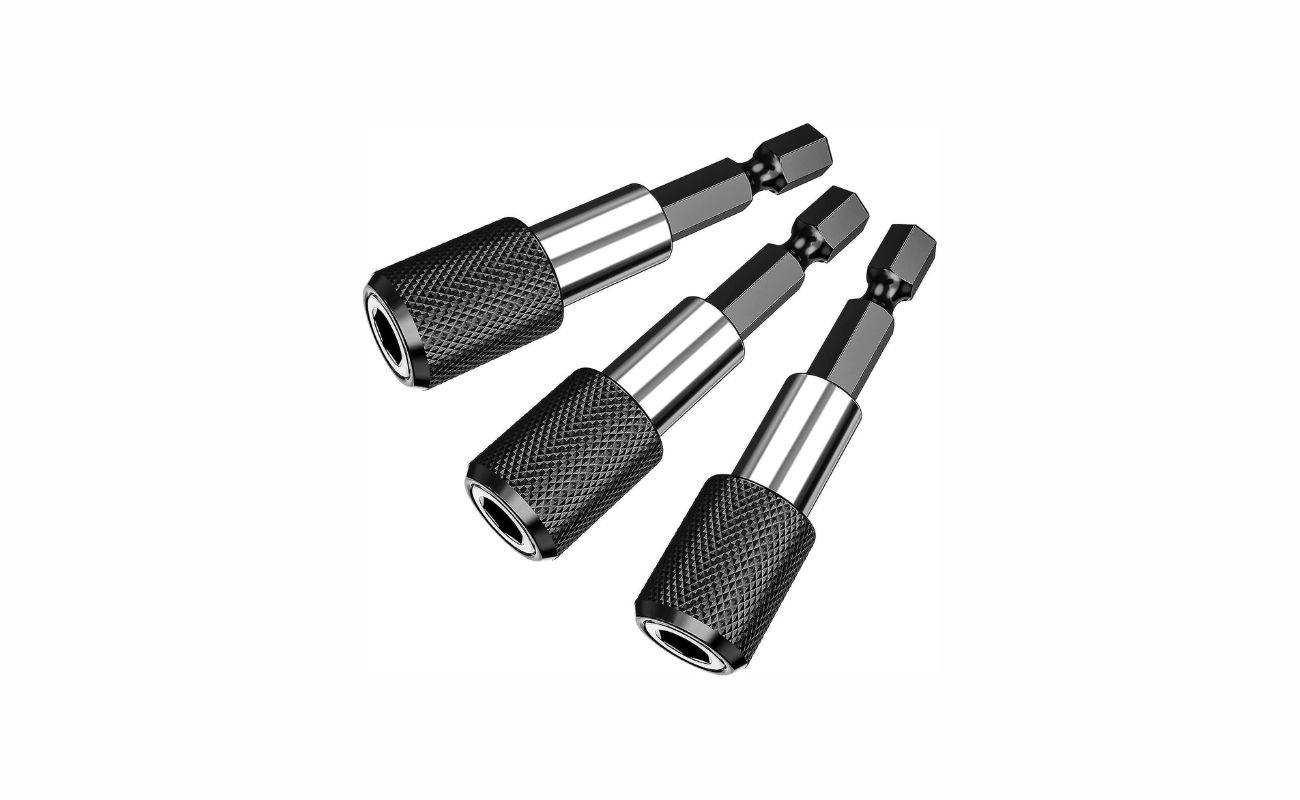

Tools & Equipment
How To Change Screwdriver Bit
Modified: January 9, 2024
Learn how to change a screwdriver bit easily with our step-by-step guide. Get the right tools and equipment for the job.
(Many of the links in this article redirect to a specific reviewed product. Your purchase of these products through affiliate links helps to generate commission for Storables.com, at no extra cost. Learn more)
**
Introduction
**
Welcome to the world of DIY and home improvement projects! Whether you're a seasoned professional or just starting out with your tool kit, knowing how to change a screwdriver bit is an essential skill. This simple task can save you time and frustration when working on various projects, from assembling furniture to fixing appliances.
Understanding the different types of screwdriver bits and the tools needed for changing them will empower you to tackle a wide range of tasks with confidence. By mastering the steps to change a screwdriver bit, you'll be well-equipped to handle any project that comes your way.
In this guide, we'll explore the types of screwdriver bits commonly used in household and professional settings, the essential tools needed for changing screwdriver bits, and a step-by-step process to help you effortlessly swap out bits as needed. So, grab your favorite screwdriver, and let's dive into the world of screwdriver bits!
Key Takeaways:
- Mastering the art of changing screwdriver bits empowers DIY enthusiasts to tackle projects with confidence and precision, enhancing efficiency and productivity.
- Understanding the types of screwdriver bits and essential tools needed allows seamless adaptation to different screw types, ensuring secure and efficient connections.
Read more: Which Screwdriver Bit To Use
Types of Screwdriver Bits
When it comes to screwdriver bits, there’s a diverse range of options to suit different screw heads and applications. Understanding the various types of screwdriver bits will enable you to choose the right one for the task at hand. Here are some common types:
- Flathead (Slotted) Bits: These are among the most traditional screwdriver bits, featuring a single slot that fits into corresponding slotted screws. They are commonly used in woodworking and general household applications.
- Phillips Bits: Identified by their cross-shaped indents, Phillips bits are designed to fit into Phillips screws, which are prevalent in electronic devices, appliances, and automotive applications.
- Torx Bits: Torx screws have a star-shaped pattern, and Torx bits are specifically engineered to fit these screws. They provide enhanced grip and are commonly used in electronics, automotive, and construction applications.
- Hex Bits: Hexagonal (hex) screws and bits are widely used in furniture assembly, machinery, and construction. The six-sided design provides a secure grip and minimizes slippage during use.
- Square Bits: Also known as Robertson bits, square bits are designed to fit square-shaped screws commonly used in woodworking and construction. They offer excellent torque transfer and are less likely to slip or strip the screw head.
- Pozidriv Bits: Similar to Phillips bits but featuring additional cross points, Pozidriv bits provide enhanced torque transmission and reduced cam-out, making them suitable for heavy-duty applications.
Each type of screwdriver bit is tailored to specific screw designs, ensuring a secure and efficient connection during use. By familiarizing yourself with these variations, you’ll be better equipped to handle a wide array of projects with precision and ease.
Tools Needed for Changing Screwdriver Bit
Changing a screwdriver bit requires a few essential tools to ensure a smooth and hassle-free transition between different bits. Here are the key tools you’ll need:
- Screwdriver Handle: The foundational component of the screwdriver, the handle provides the grip and leverage needed to turn the screw. It should be comfortable to hold and maneuver, allowing for precise control during use.
- Bit Holder: This component holds the screwdriver bit securely in place within the screwdriver handle. It enables quick and easy swapping of bits while ensuring a stable connection during operation.
- Screwdriver Bits: An assortment of screwdriver bits in various types and sizes is essential for accommodating different screw heads. Having a comprehensive selection of bits on hand ensures that you’re prepared for a wide range of projects.
- Magnetic Bit Extension: A magnetic bit extension can be immensely helpful for reaching screws in deep or narrow spaces. It securely holds the bit in place and minimizes the risk of dropping or misplacing small screws.
- Work Gloves: While not directly related to the screwdriver itself, wearing work gloves can provide added grip and protection, especially when dealing with stubborn or rusty screws. They also help prevent blisters and provide a layer of defense during heavy-duty tasks.
- Storage Case or Organizer: Keeping your screwdriver handle, bits, and accessories organized and easily accessible is essential for efficiency and convenience. A dedicated storage case or organizer can help you keep track of your tools and minimize the risk of misplacing small components.
By ensuring that you have these essential tools at your disposal, you’ll be well-prepared to tackle any project that requires changing screwdriver bits. With the right tools in hand, you can seamlessly transition between different bits and confidently take on a wide range of tasks with ease.
When changing a screwdriver bit, make sure the screwdriver is turned off and the current bit is removed. Then, align the new bit with the driver and push it in until it clicks into place.
Steps to Change Screwdriver Bit
Changing a screwdriver bit is a straightforward process that can be accomplished with ease by following a few simple steps. Whether you’re swapping out bits for a specific project or transitioning between different types of screws, the following steps will guide you through the process:
- Prepare Your Workspace: Before beginning, ensure that your workspace is well-lit and free of clutter. Having a clean and organized work area will make it easier to handle small components and prevent any accidental misplacement of parts.
- Select the Correct Bit: Identify the type and size of the screw head you’ll be working with and choose the corresponding screwdriver bit from your collection. Ensure that the bit is clean and free of any debris or damage that could affect its performance.
- Remove the Current Bit: If there is a bit already inserted in the screwdriver handle, carefully remove it by pulling it out or using the release mechanism, depending on the type of screwdriver handle you have. Be mindful of any spring-loaded mechanisms that may be present.
- Insert the New Bit: Align the selected screwdriver bit with the bit holder at the tip of the screwdriver handle. Apply gentle pressure and push the bit into place until it is securely seated within the holder. Ensure that it is straight and properly aligned for optimal performance.
- Test the Connection: Once the new bit is in place, give it a gentle tug to ensure that it is firmly secured within the bit holder. A secure connection is essential for safe and effective use during your project.
- Store Unused Bits: If you have removed a bit that you’ll no longer need for the current task, place it in a designated storage case or organizer to keep it organized and prevent misplacement. This will also help you quickly locate the bit when needed for future projects.
By following these steps, you can effortlessly change screwdriver bits as needed, allowing you to adapt to different screw types and sizes with confidence and precision. With practice, this process will become second nature, empowering you to tackle a wide range of projects with ease.
Conclusion
Mastering the art of changing screwdriver bits is a fundamental skill that empowers DIY enthusiasts and professionals alike to tackle a wide range of projects with confidence and precision. By understanding the various types of screwdriver bits and the tools needed for changing them, you can confidently adapt to different screw types and sizes, ensuring a secure and efficient connection during use.
Equipped with the knowledge of how to change screwdriver bits and the essential tools required for the task, you’re well-prepared to take on woodworking, construction, automotive, and household projects with ease. Whether you’re assembling furniture, repairing electronics, or performing maintenance tasks, the ability to seamlessly transition between screwdriver bits will enhance your efficiency and productivity.
Remember to keep your workspace organized, select the correct bit for the job, and ensure that the new bit is securely seated within the screwdriver handle. By following these simple steps, you can change screwdriver bits effortlessly, allowing you to adapt to the demands of various projects without missing a beat.
So, the next time you reach for your trusty screwdriver, you can approach each task with the confidence that comes from knowing how to change screwdriver bits like a pro. With this essential skill in your toolkit, you’re ready to embark on a world of DIY adventures and home improvement projects with the utmost precision and ease.
Happy tinkering and crafting!
Frequently Asked Questions about How To Change Screwdriver Bit
Was this page helpful?
At Storables.com, we guarantee accurate and reliable information. Our content, validated by Expert Board Contributors, is crafted following stringent Editorial Policies. We're committed to providing you with well-researched, expert-backed insights for all your informational needs.
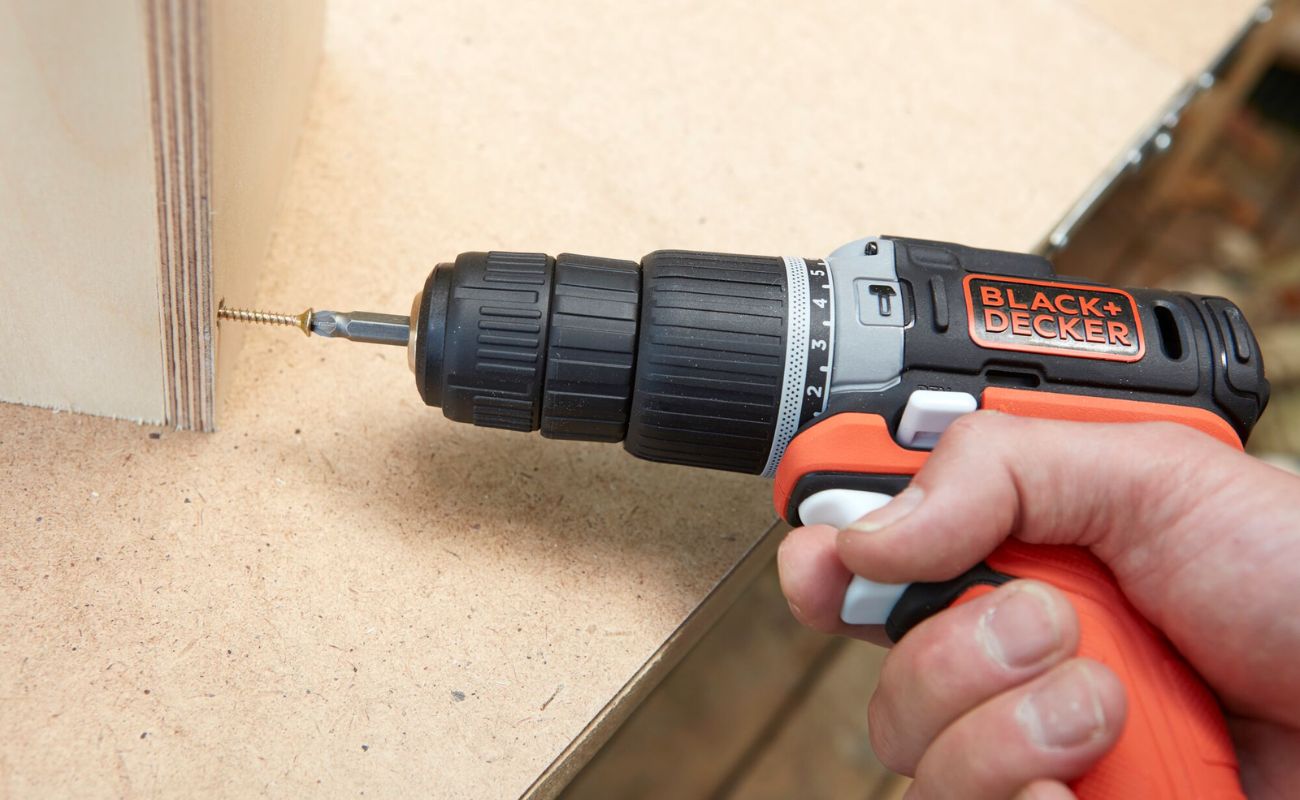

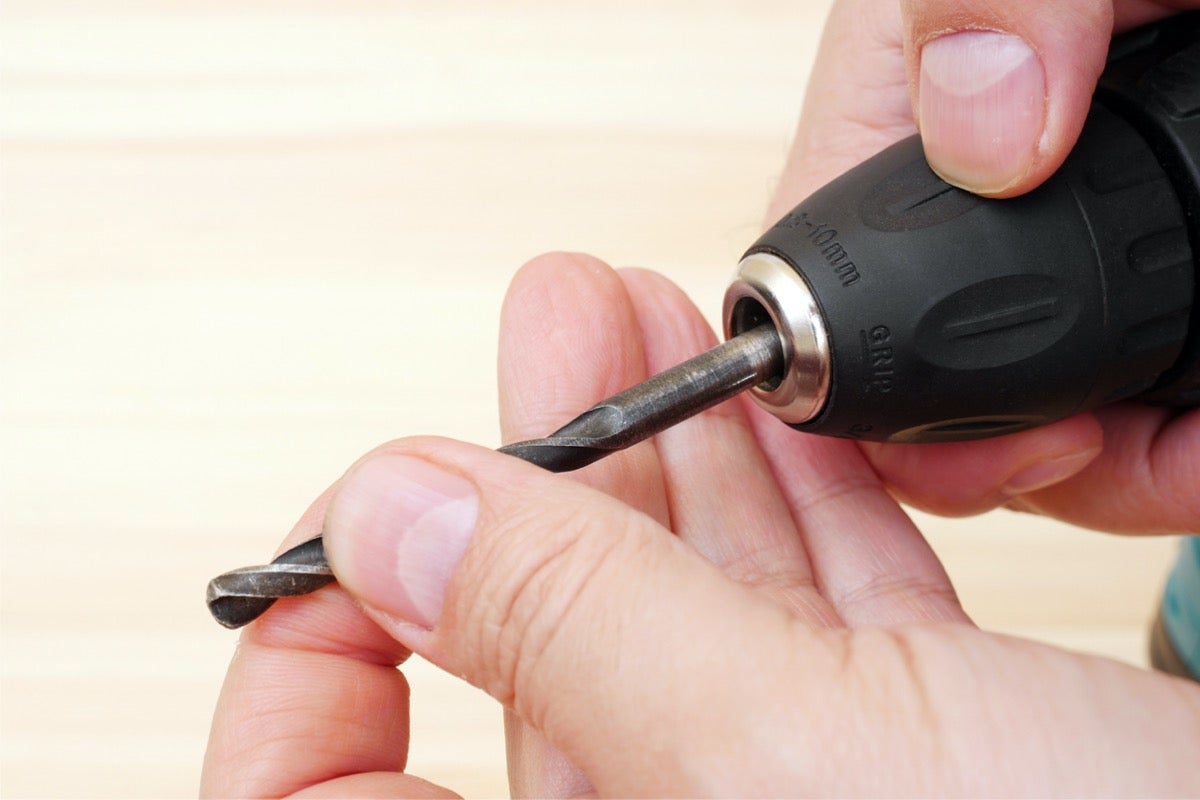
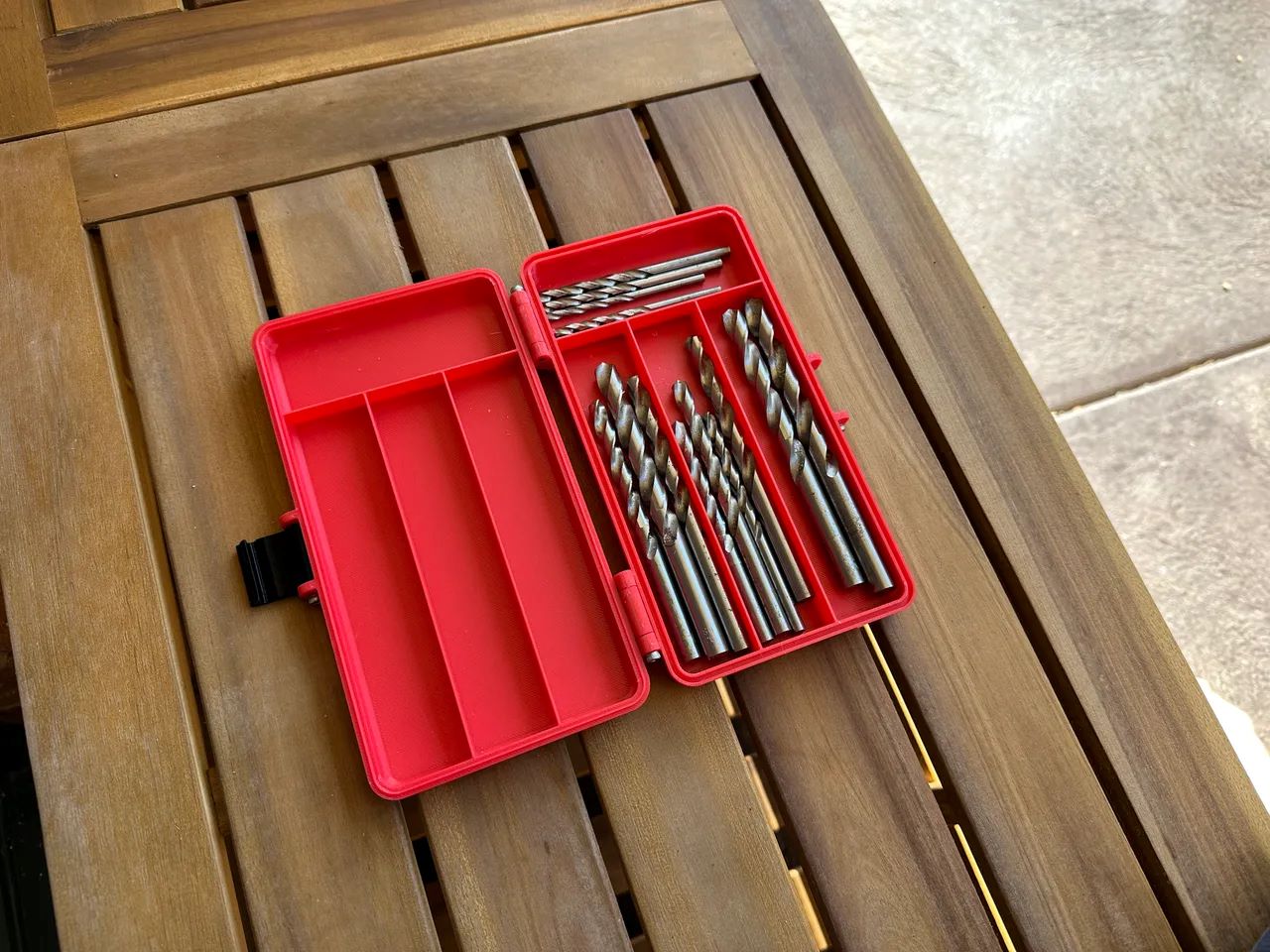

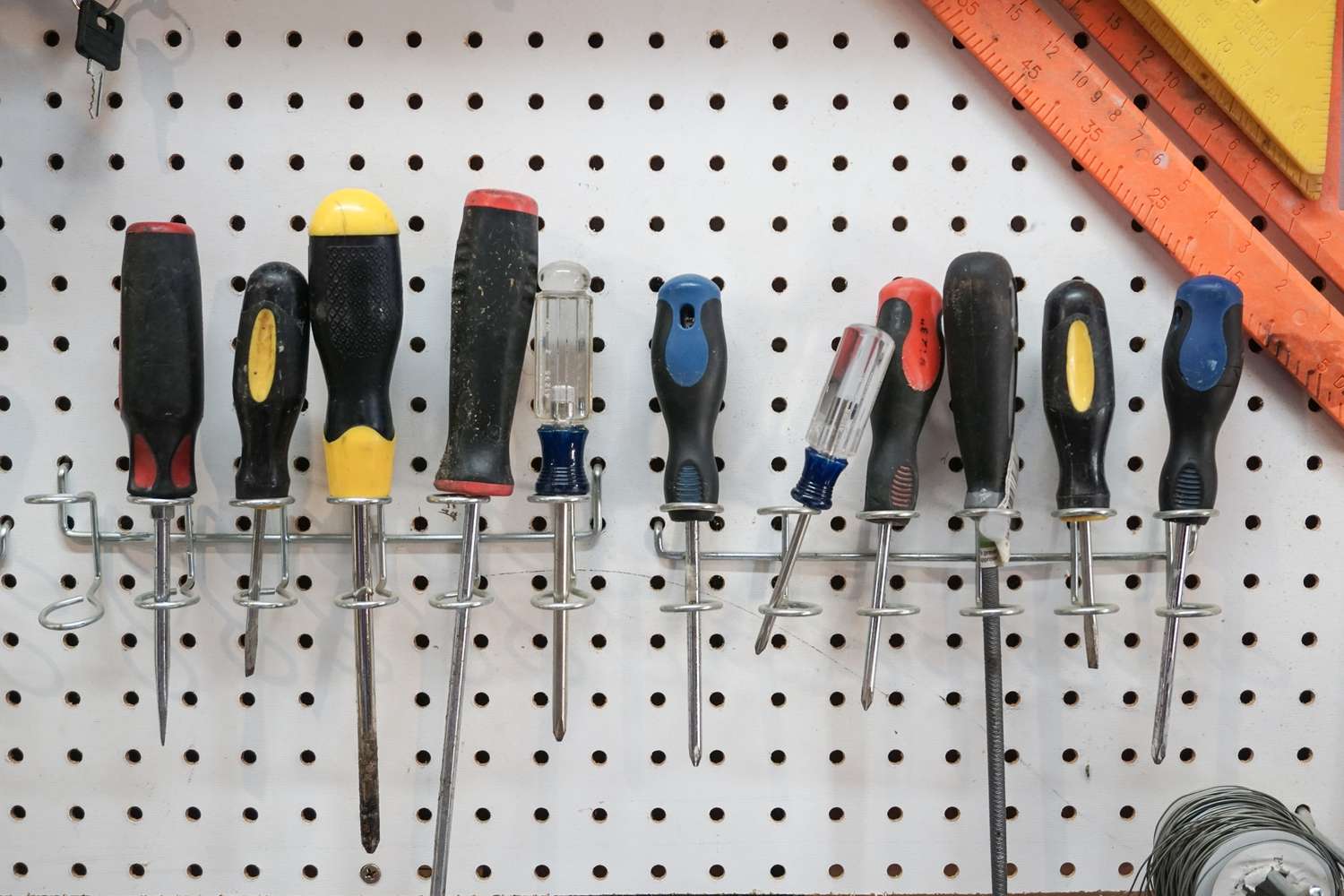
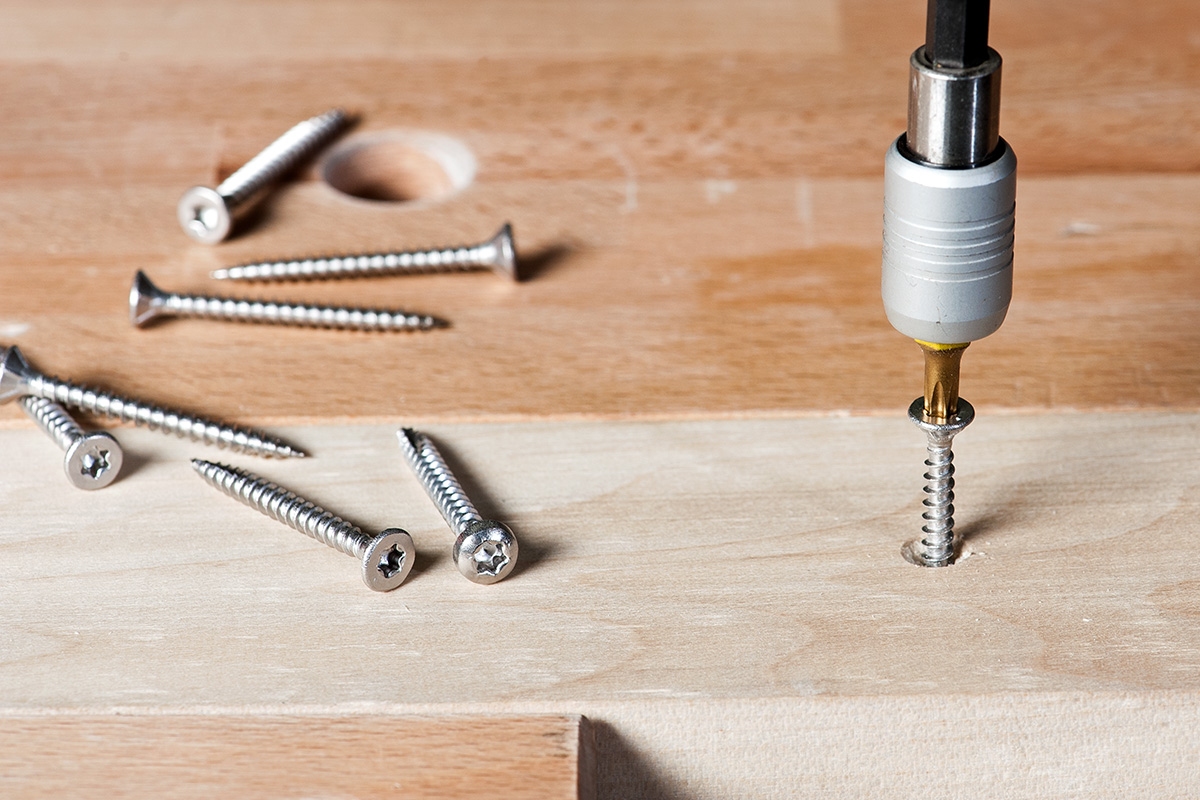
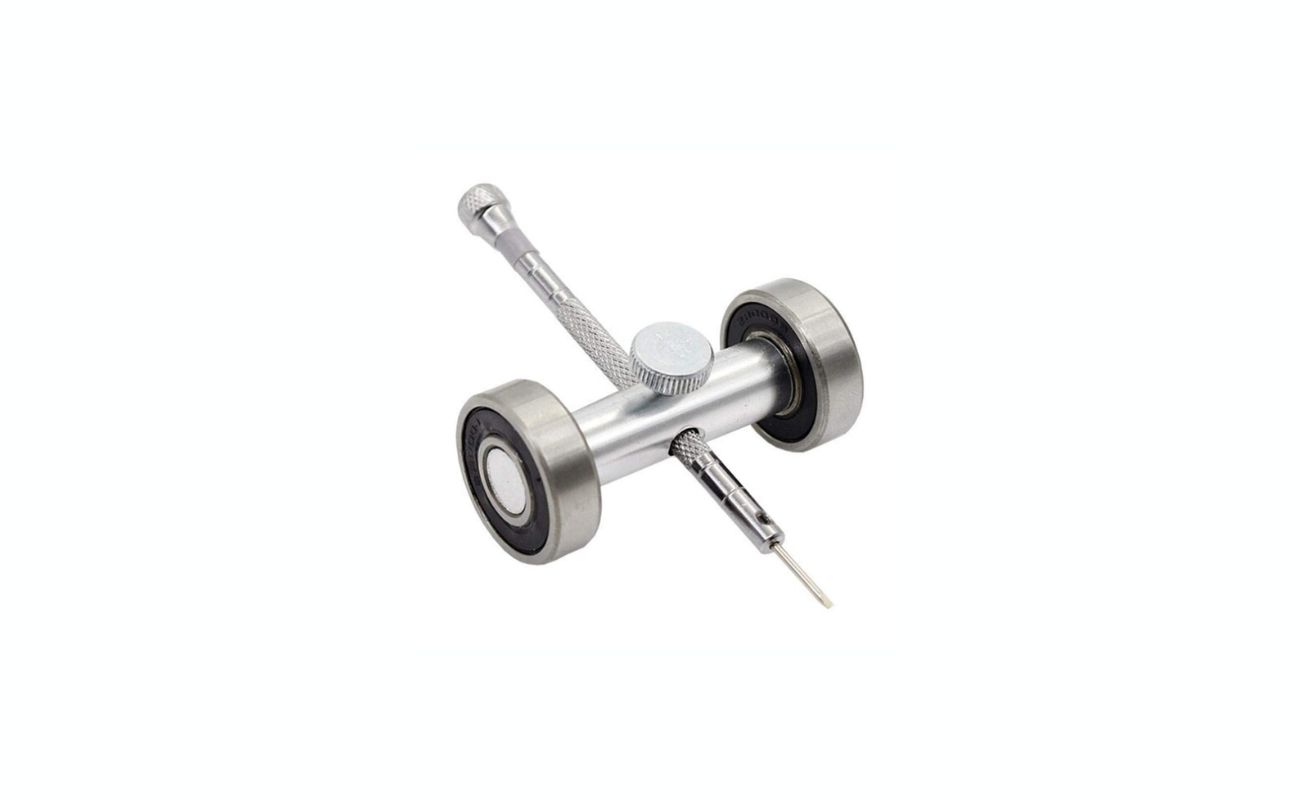

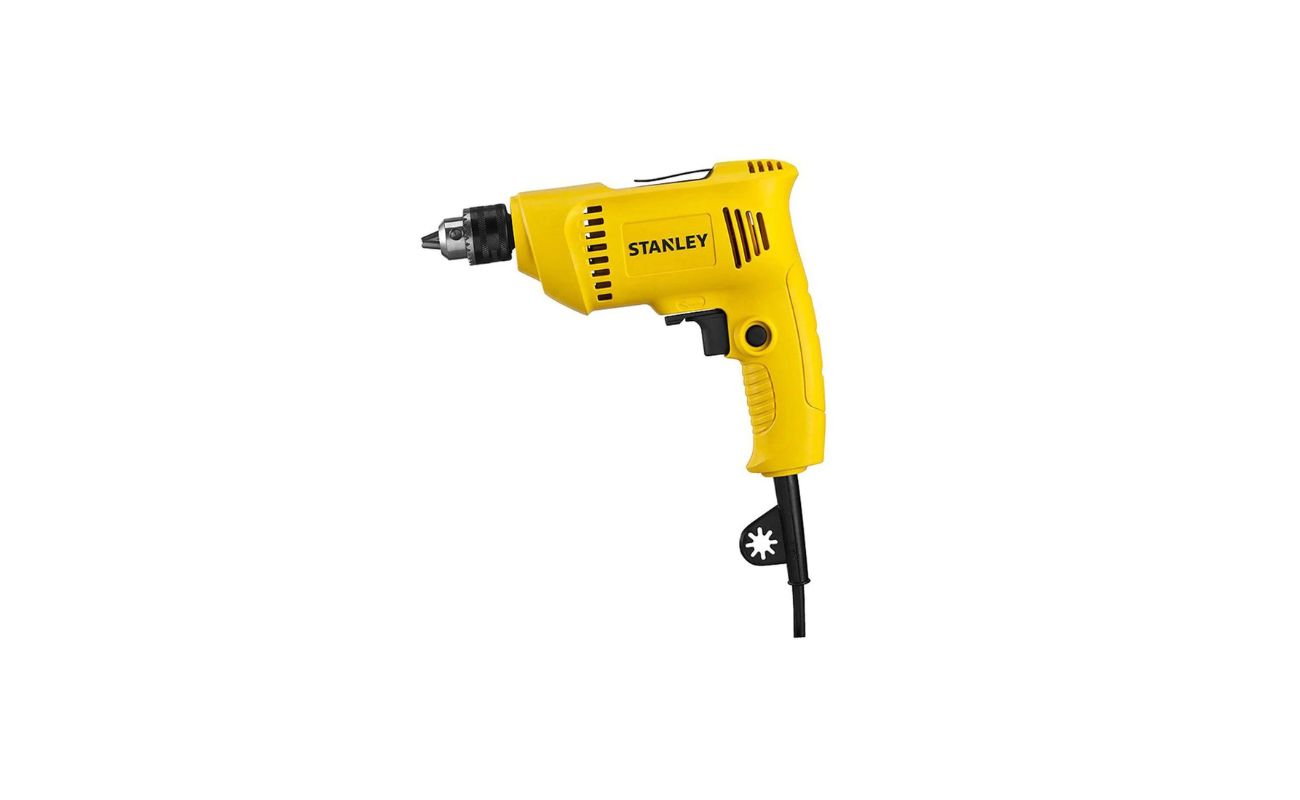
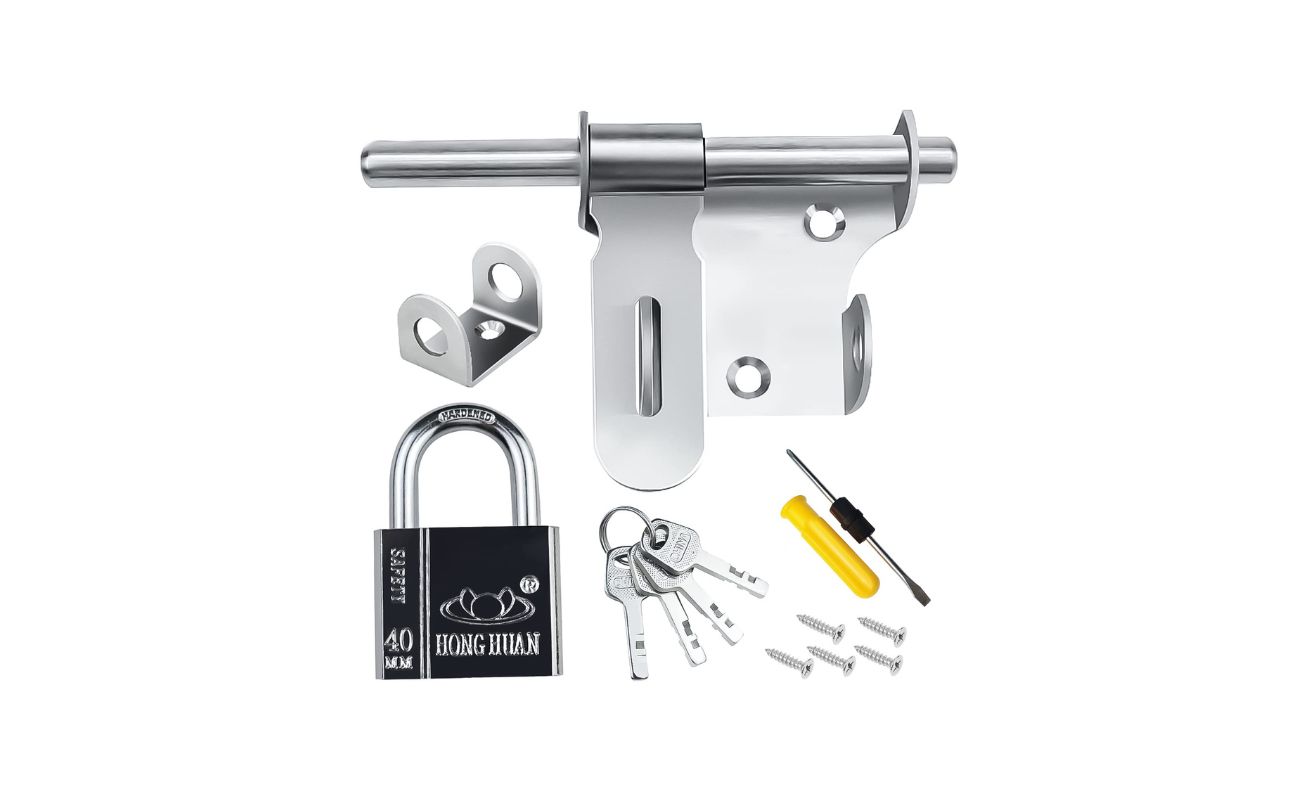
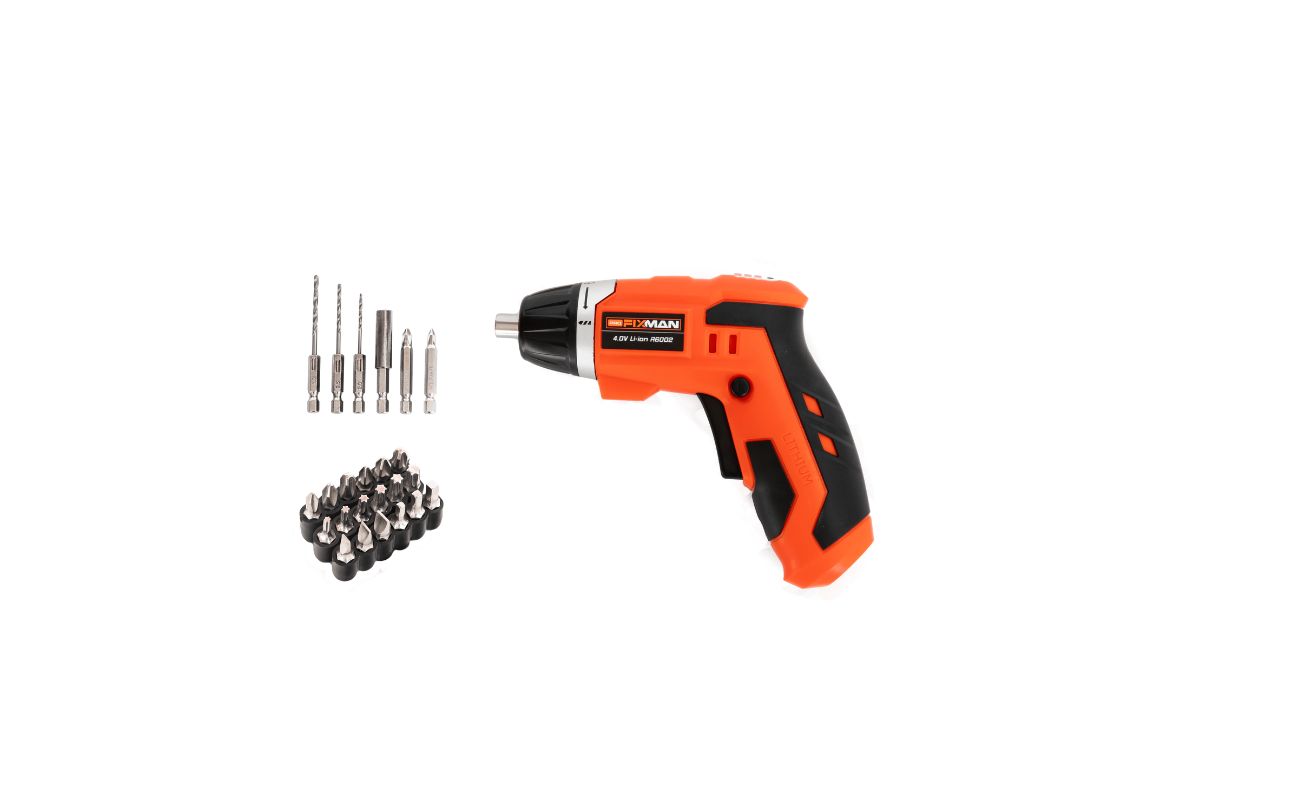
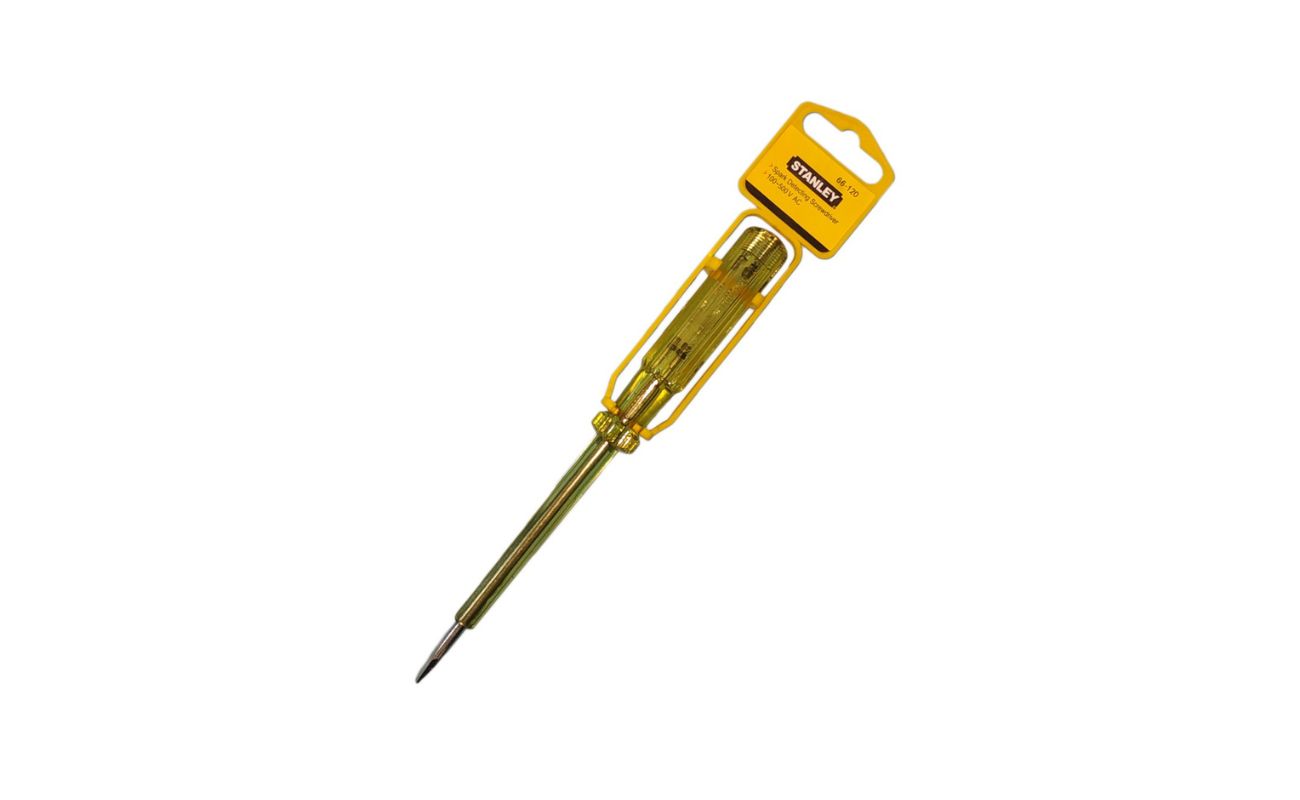

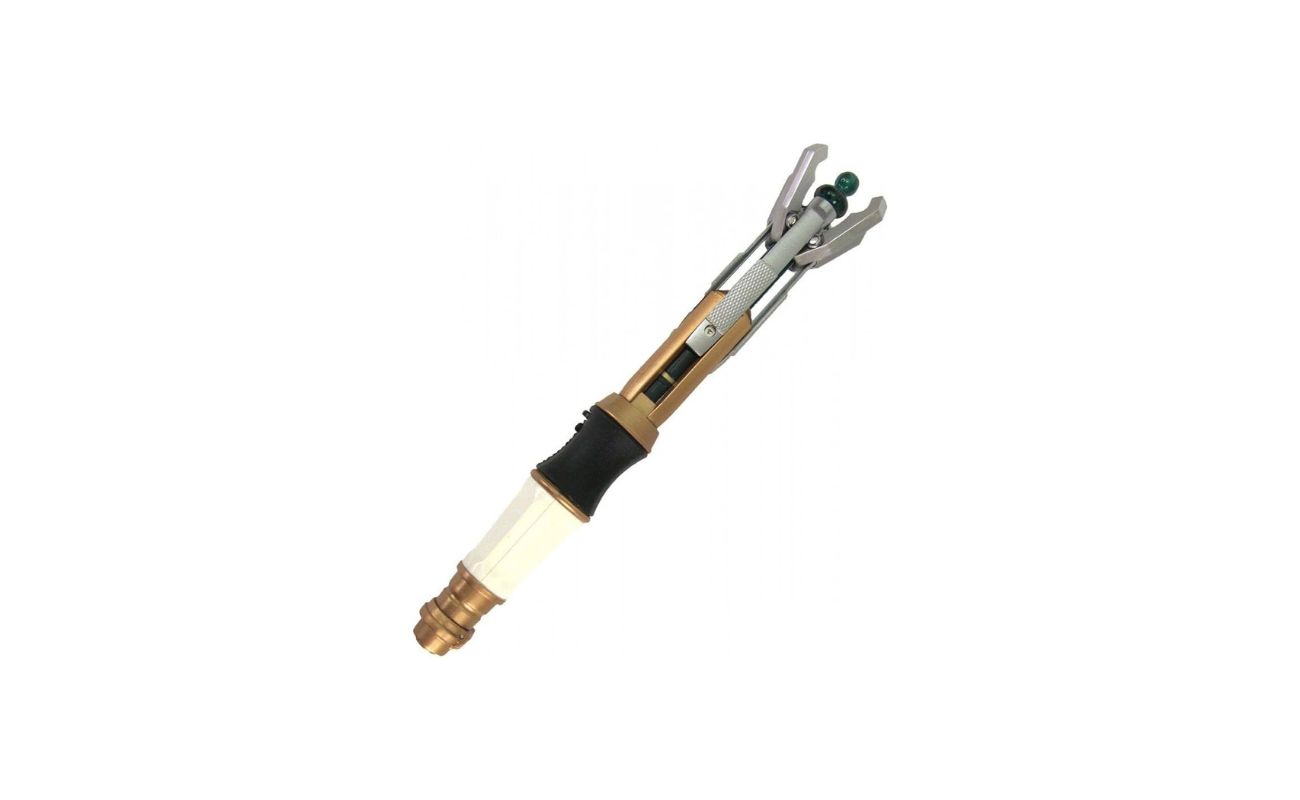

0 thoughts on “How To Change Screwdriver Bit”